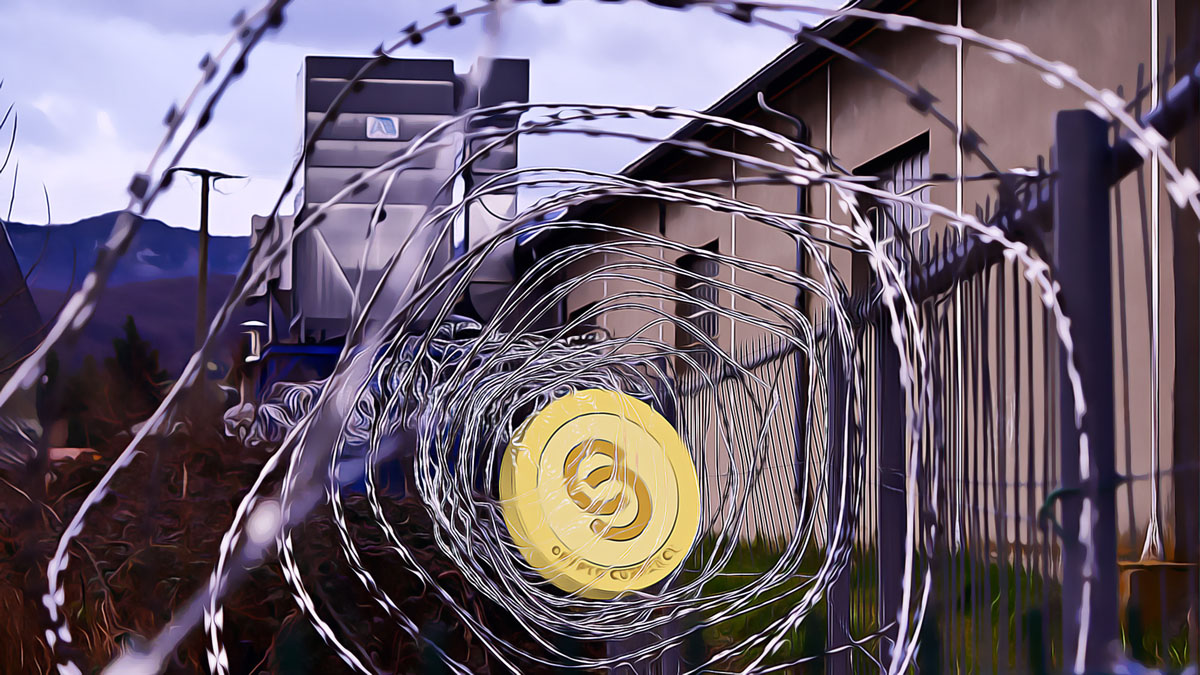As the Federal Reserve’s anticipated meeting approaches, all eyes are on the economic signals that might shape forthcoming interest rate choices. Recent weeks have presented financial sectors with a challenging economic scenery marked by rising inflation, a stagnant job market, and unstable commodity prices. The Fed’s decisions are poised to influence short-term market reactions as well as long-term financial strategies. Economic experts are gearing up for a potentially dynamic period as they evaluate the potential paths of this pivotal decision.
What are the Recent Inflation Indicators?
The consumer price index (CPI) for August recorded a modest increase of 0.4%, culminating in an annual CPI rate rise to 2.9%, driven largely by shelter, food, and fuel costs. Concurrently, the core CPI sustained a gradual ascent with a 0.3% hike, pointing to ongoing inflation pressures despite a decelerating economic growth rate.
Similarly, the producer price index (PPI) highlighted a complex picture; though the headline PPI saw a minor 0.1% dip in August, its annual rate elevated by 2.6%, with core PPI reaching a 2.8% rise, marking the steepest annual climb since March. These trends underscore persistent worries about inflation.
Is the Labor Market Overcoming Hurdles?
The labor sector reveals sluggish advancement, as nonfarm payrolls added a mere 22,000 positions last month. This meager rise was offset by government and energy sector job reductions, although there were slight gains in healthcare job opportunities.
The unemployment rate held steady at 4.3%, with labor force participation stagnant at 62.3%. Adjusted statistics for June and July show job growth was softer than anticipated, indicating a cooling trend. Hourly earnings rose by 3.7% compared to last year, exerting continuous pressure on wages.
The bond market adapted with the 2-year Treasury yield at 3.56% and the 10-year yield at 4.07%, causing an inversion in the yield curve. CME FedWatch shows a 93% chance of a 25-basis-point cut.
If the outcome is limited to just a 25-basis-point rate cut, investors might employ a “buy the rumor, sell the news” strategy as the relief expectations are largely considered accounted for.
Stocks are improving towards record levels, with the S&P 500 climbing 1.6% in the past week, closing at 6,584. This recovery from the late-August decline marks favorable investor sentiment ahead of the Federal Reserve’s decision.
– The Nasdaq Composite reached new records, propelled by large-cap tech gains, even as the Dow experienced a minor slip.
– Bitcoin remains strong this year at $115,234, though below its August peak. Experts note the crypto market cap at $4.14 trillion, with gold reaching $3,643 per ounce, fueled by seeking alternative value storage. Historical trends suggest rate cuts often result in stock gains over the following year.
The Fed faces a complex task as it balances rate cuts against mounting inflation. The forthcoming announcement is set to offer vital insights into future growth and policy strategies, which will shape global market dynamics in the months to come.
Disclaimer: The information contained in this article does not constitute investment advice. Investors should be aware that cryptocurrencies carry high volatility and therefore risk, and should conduct their own research.

















 English (US)
English (US)